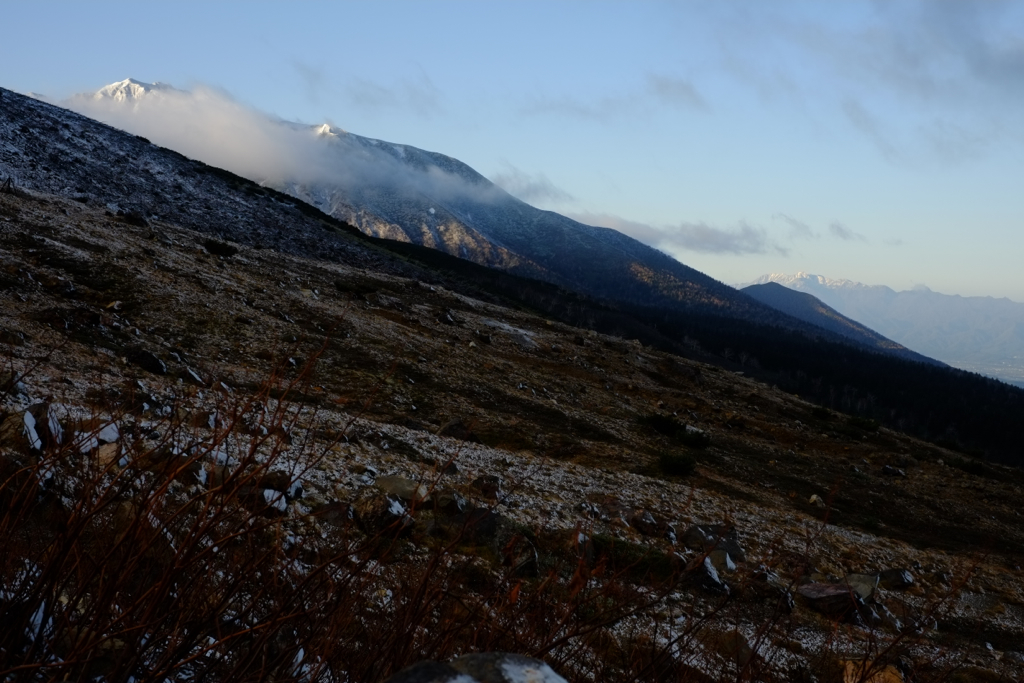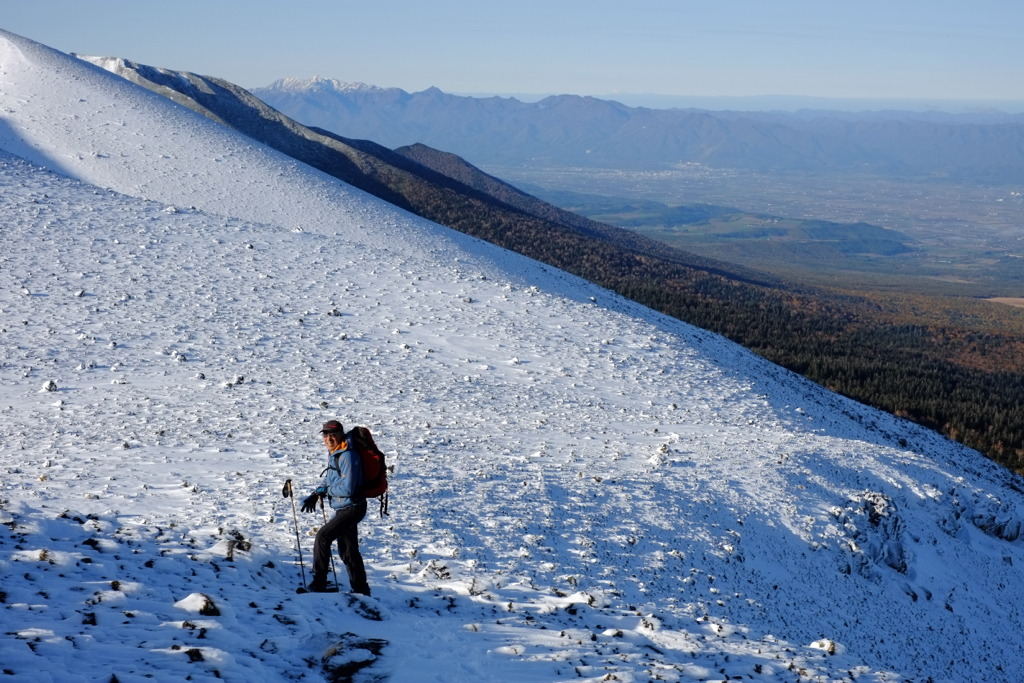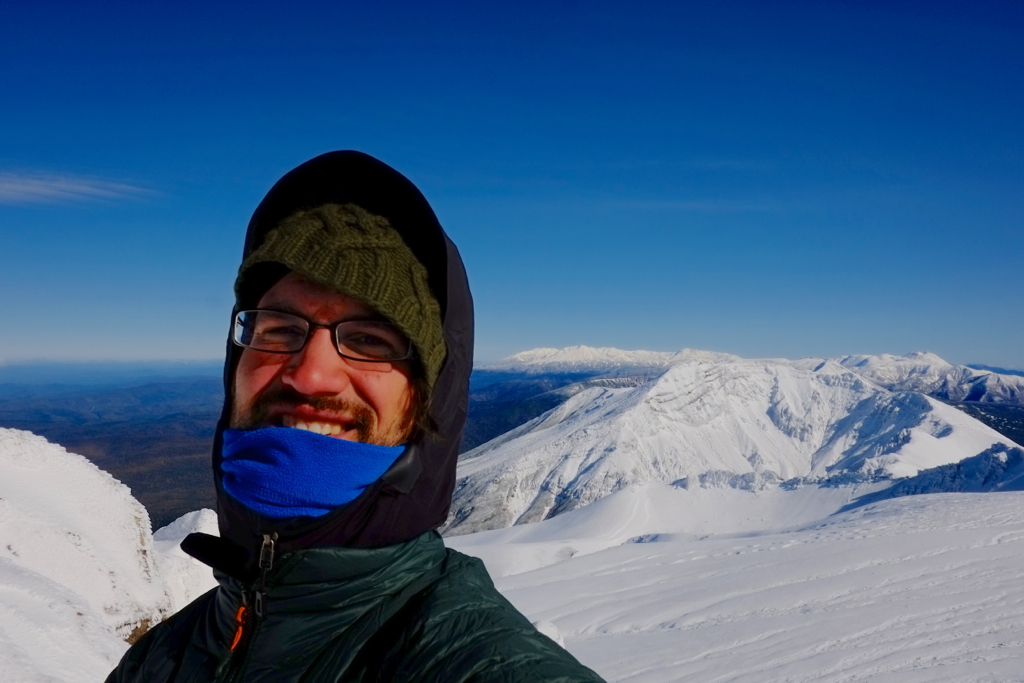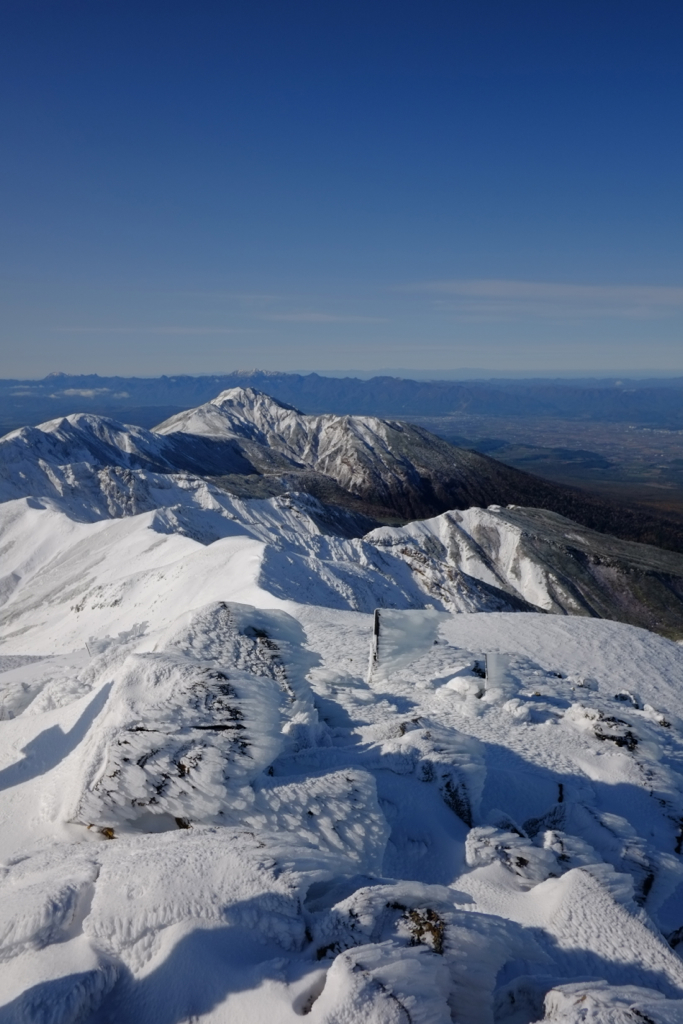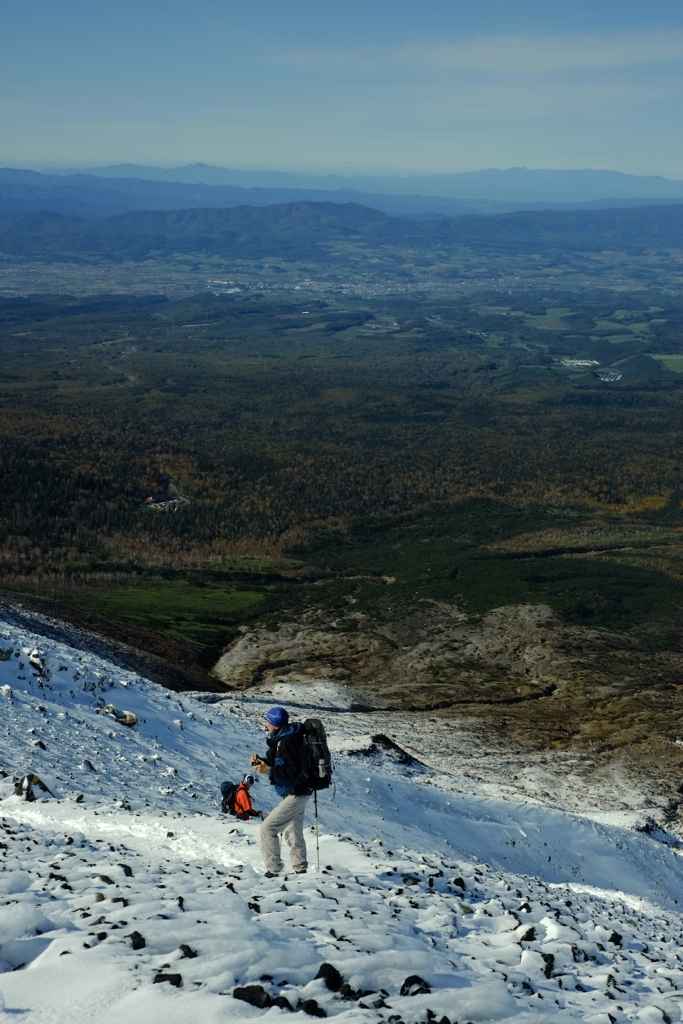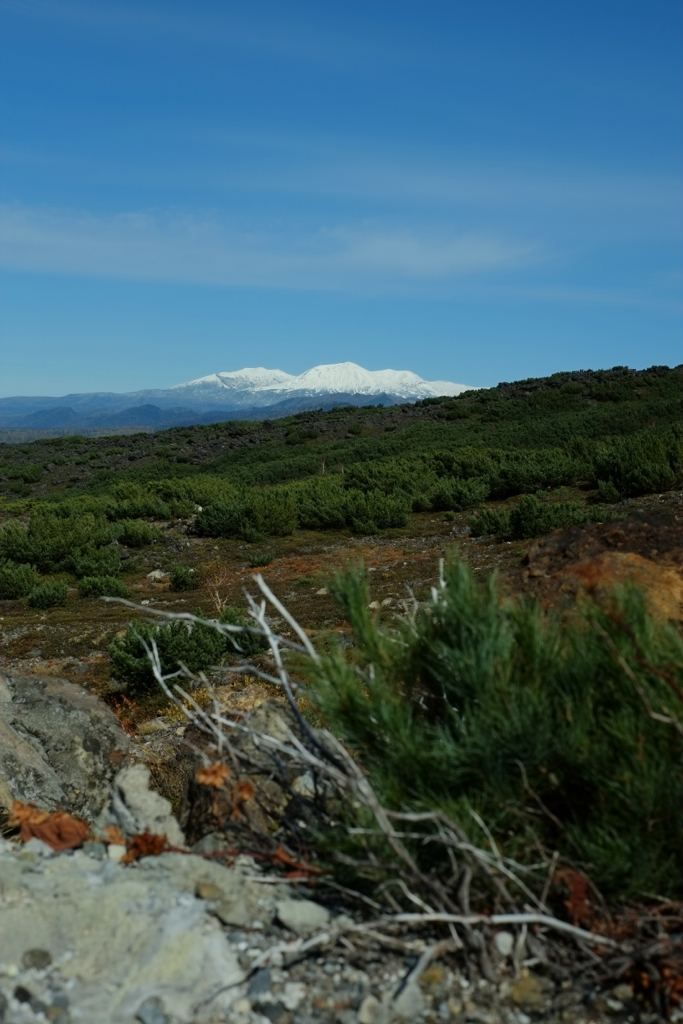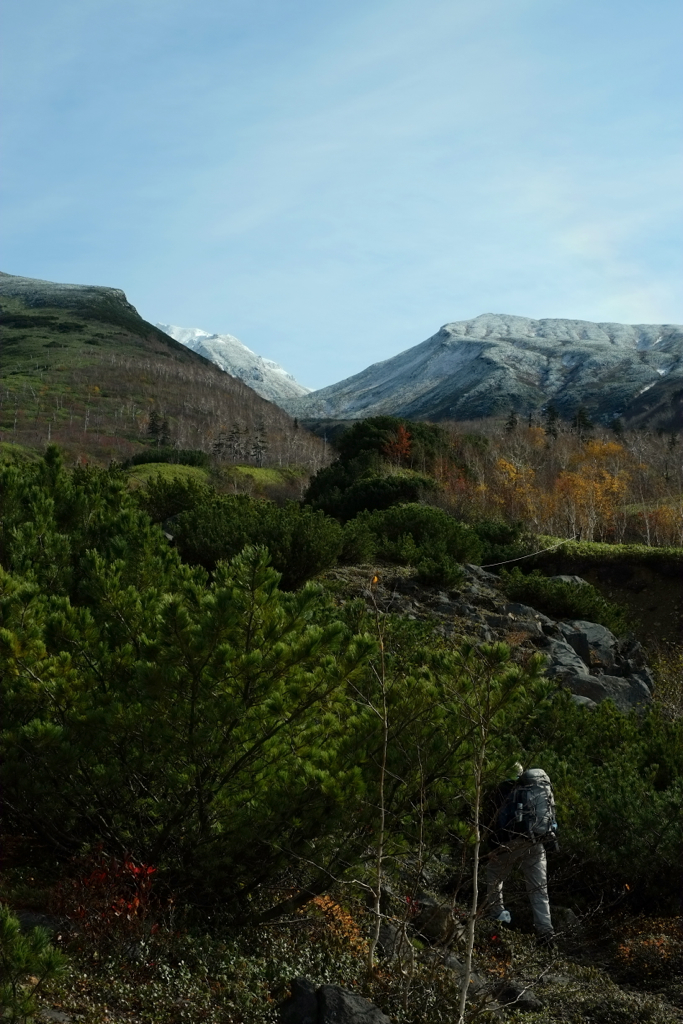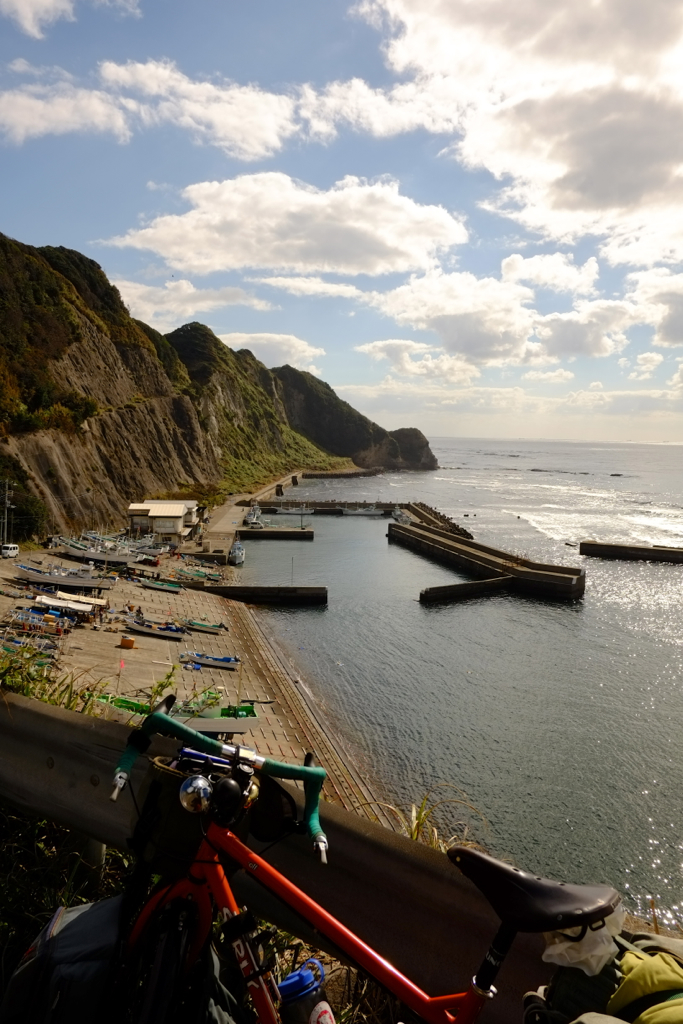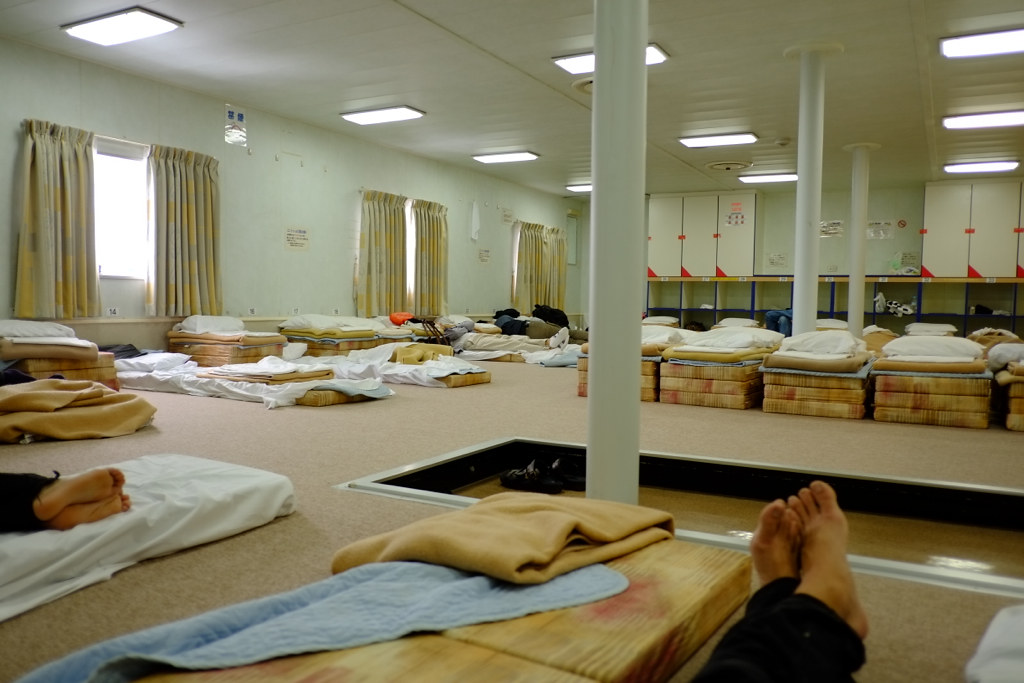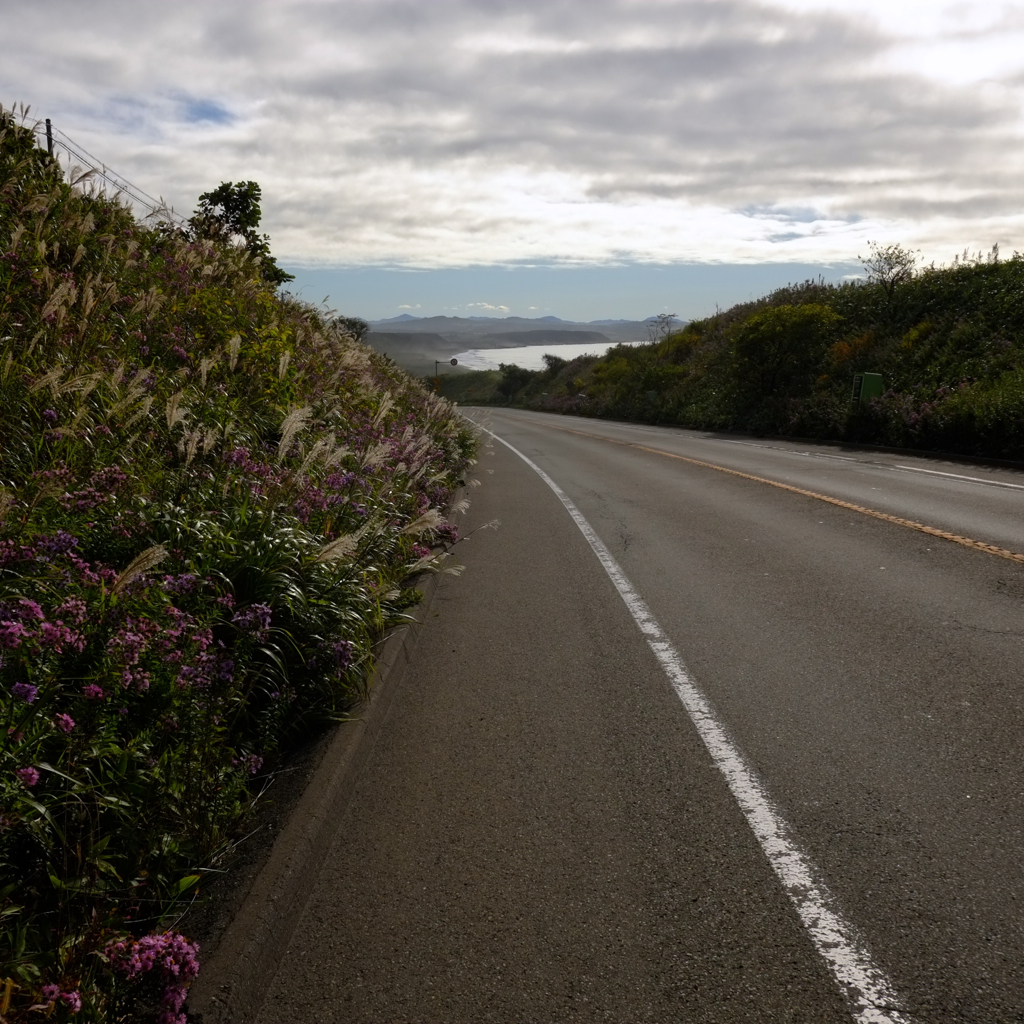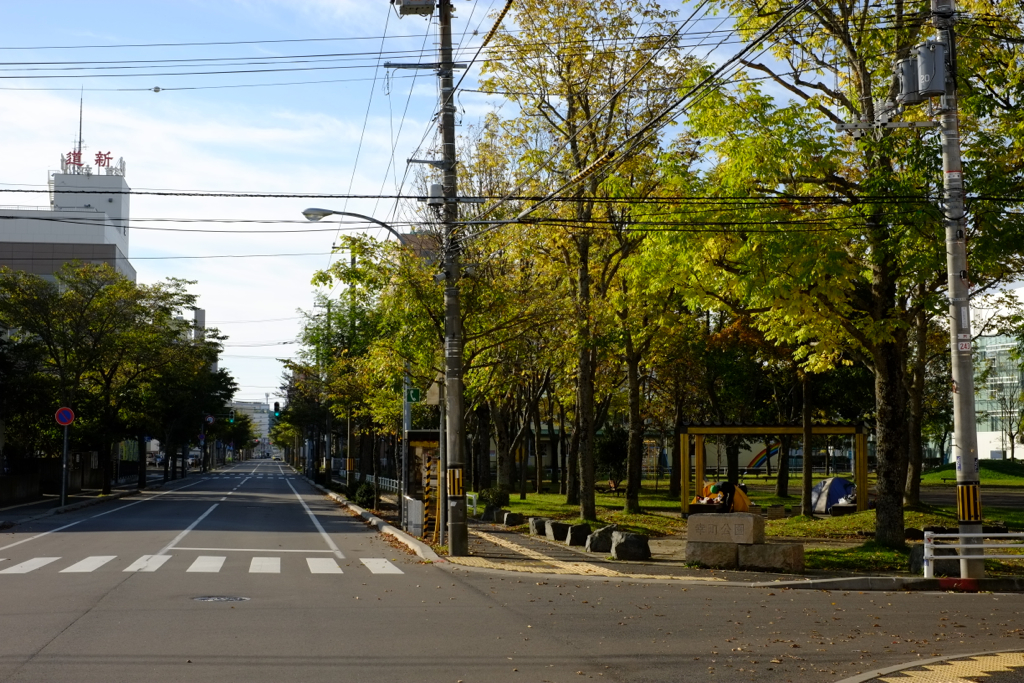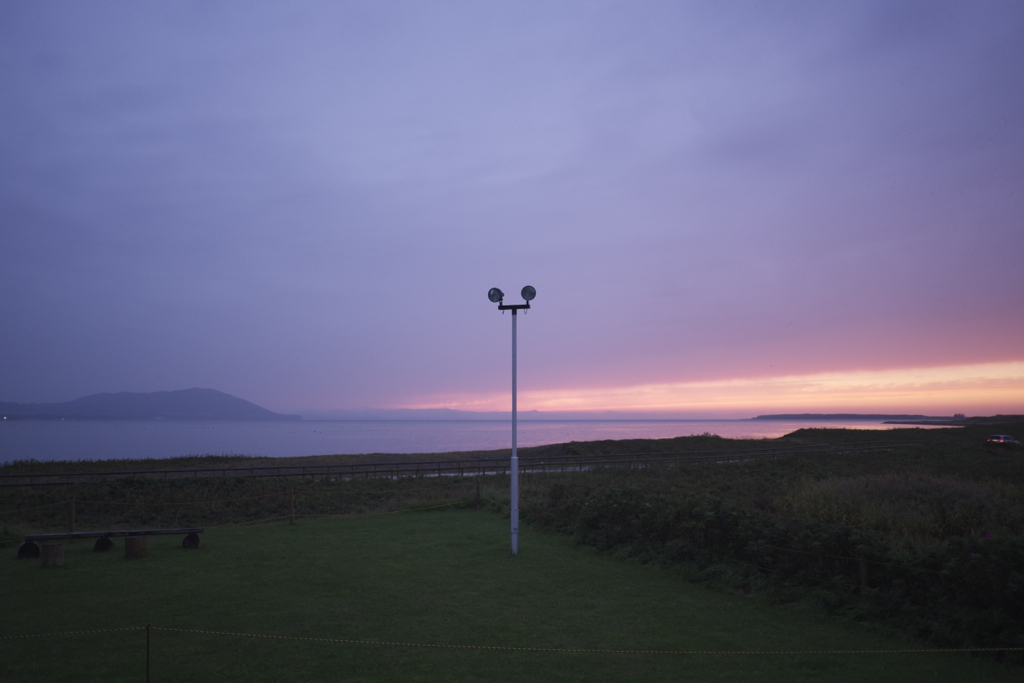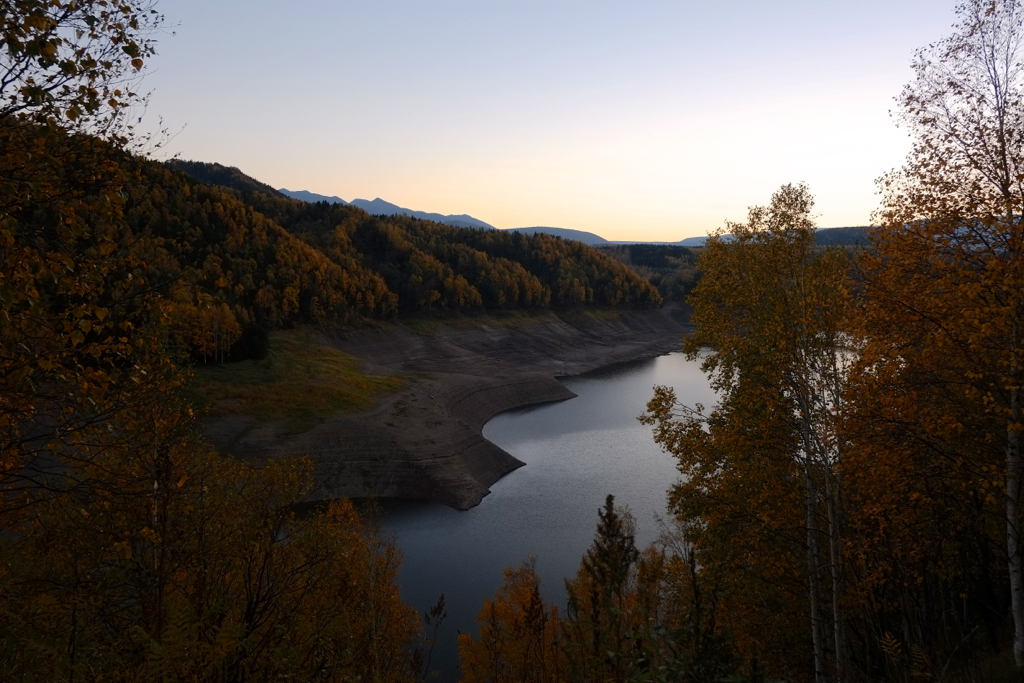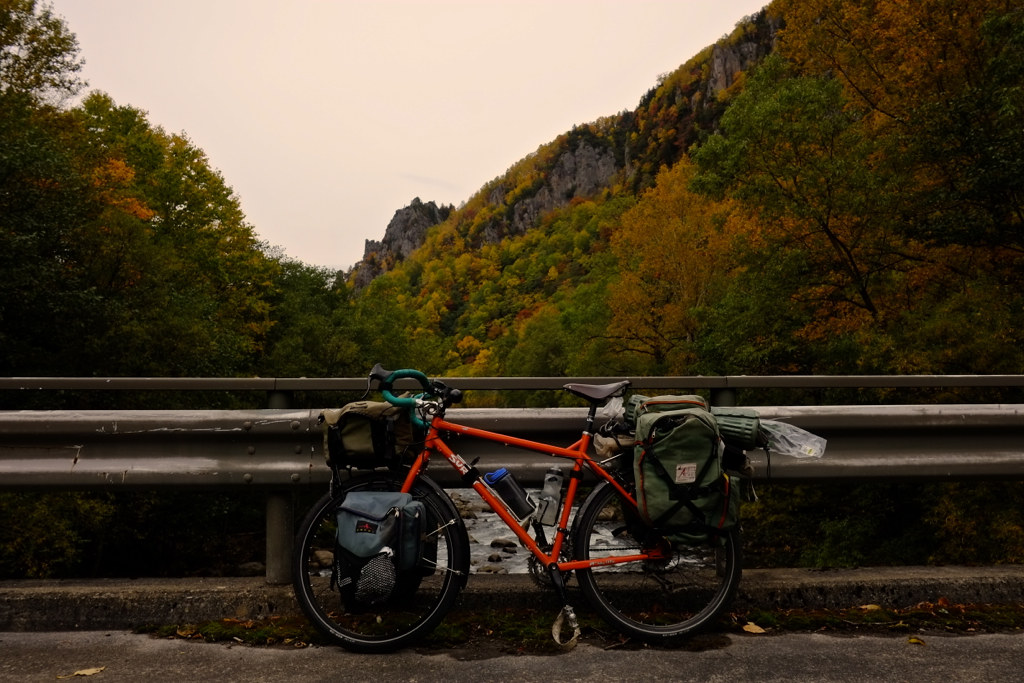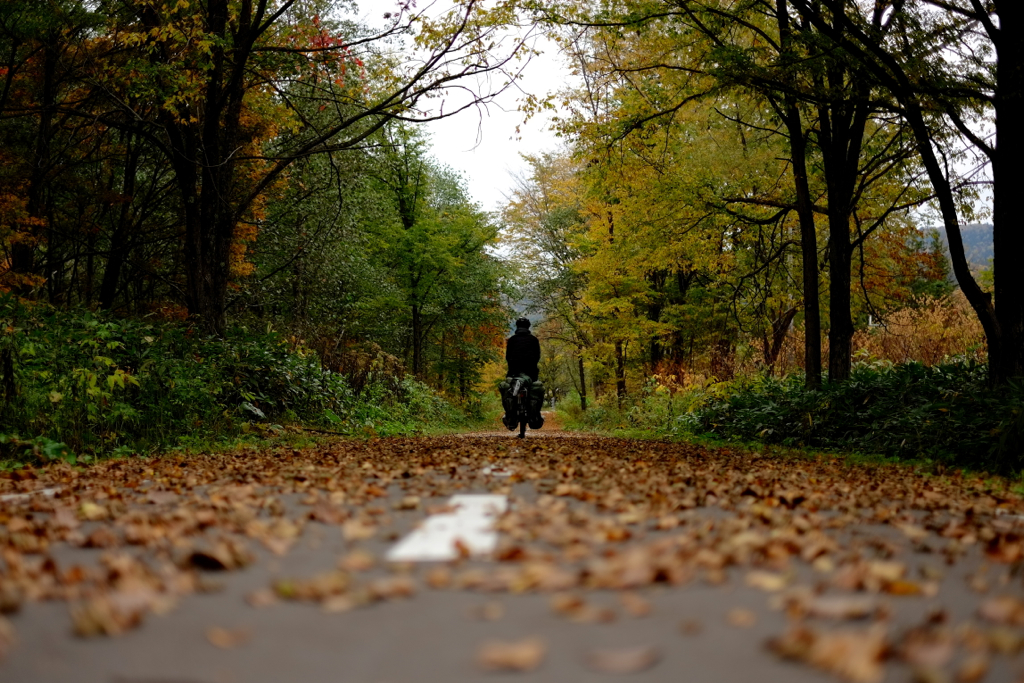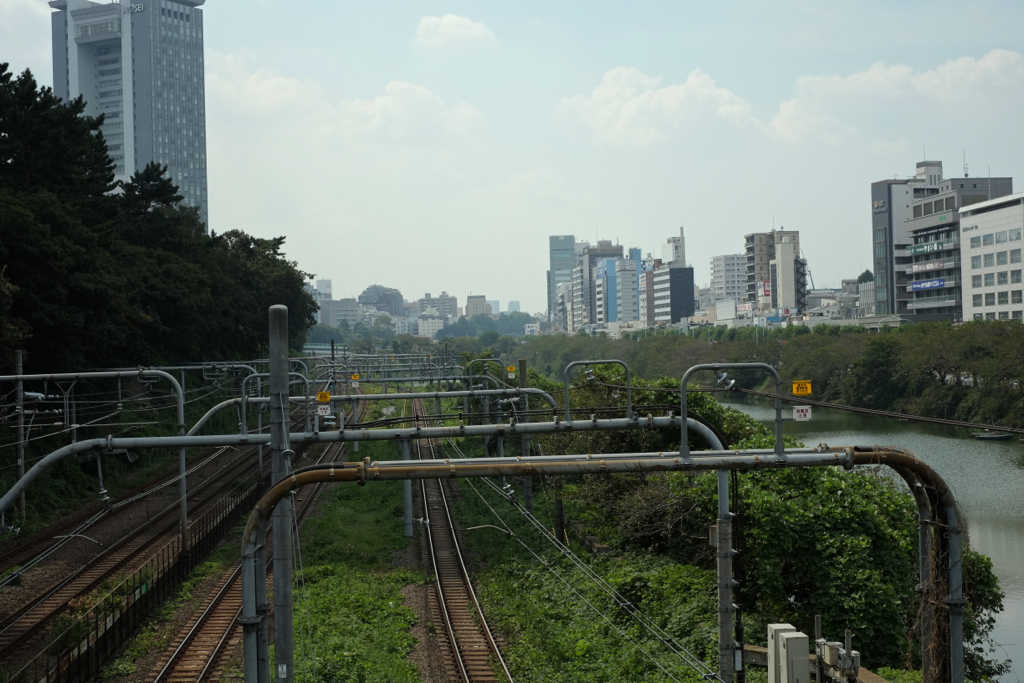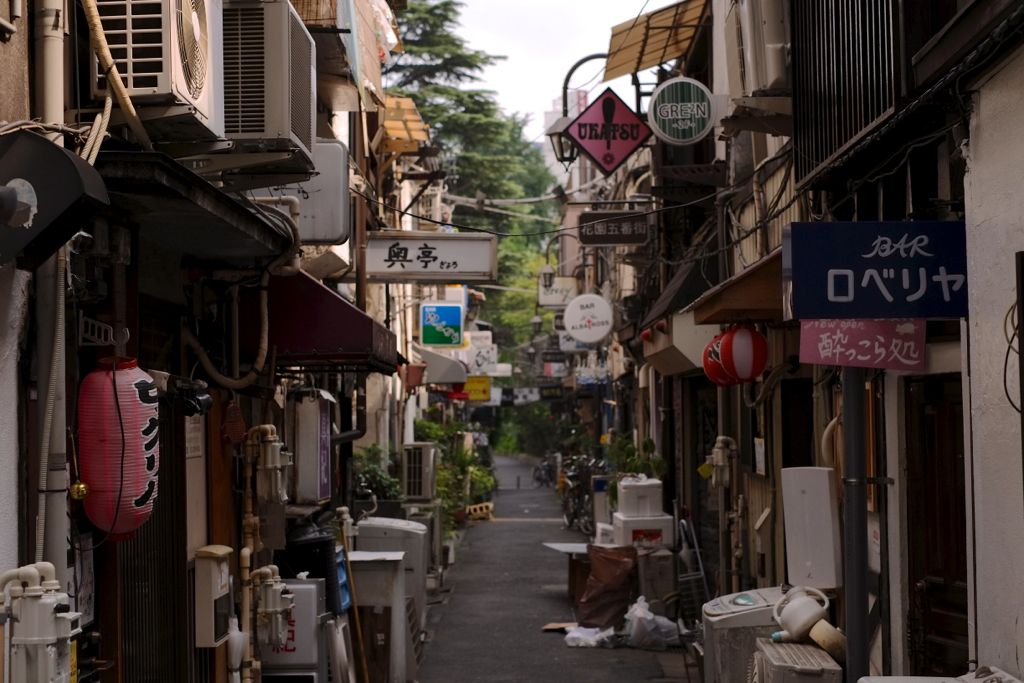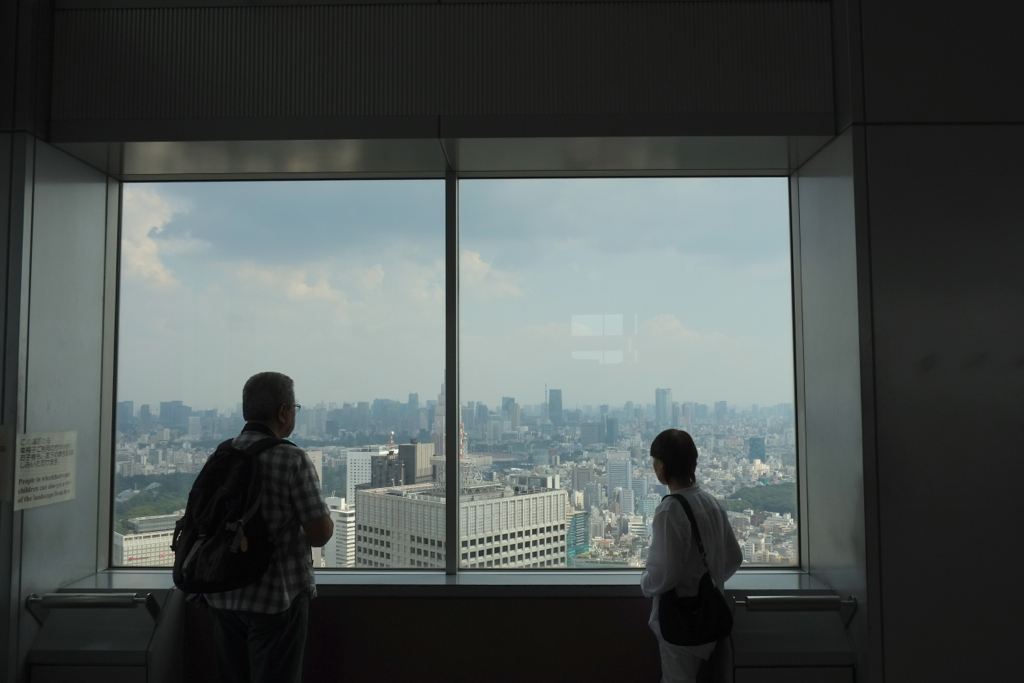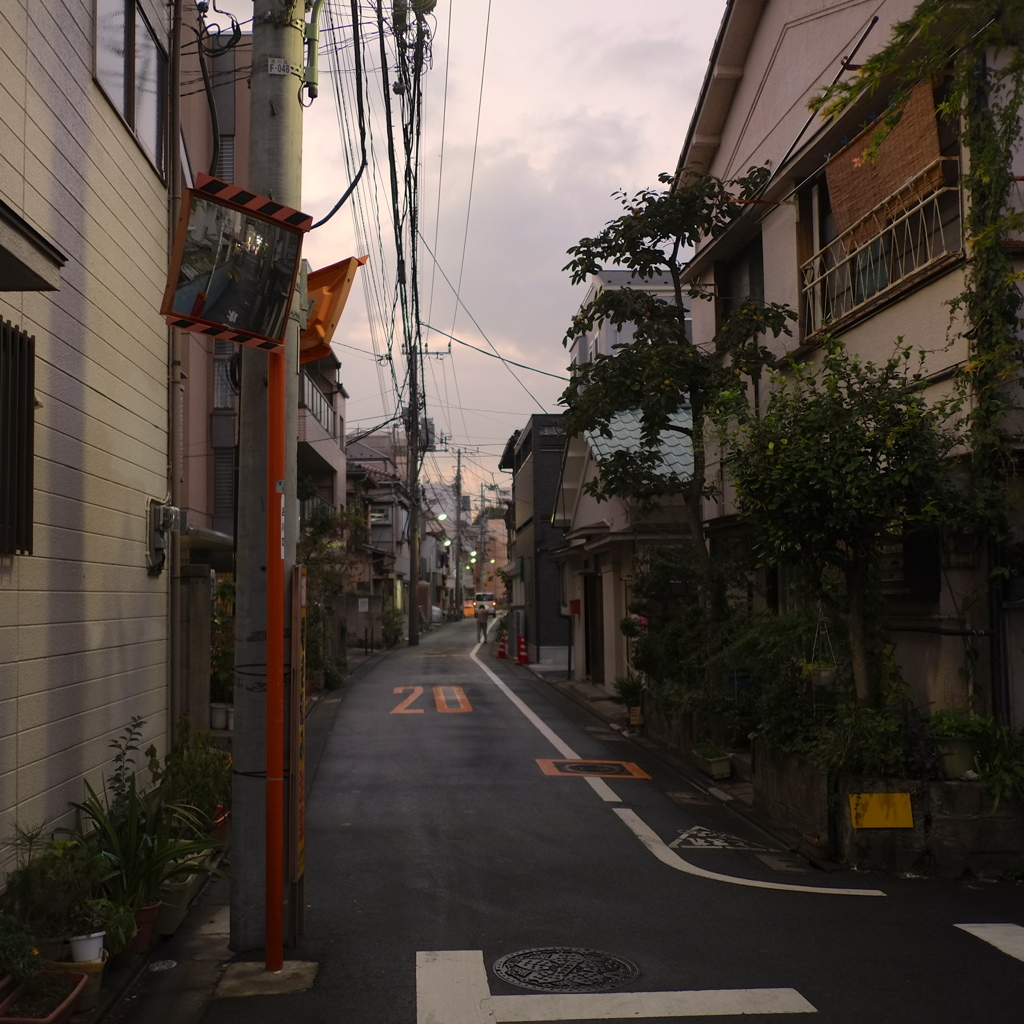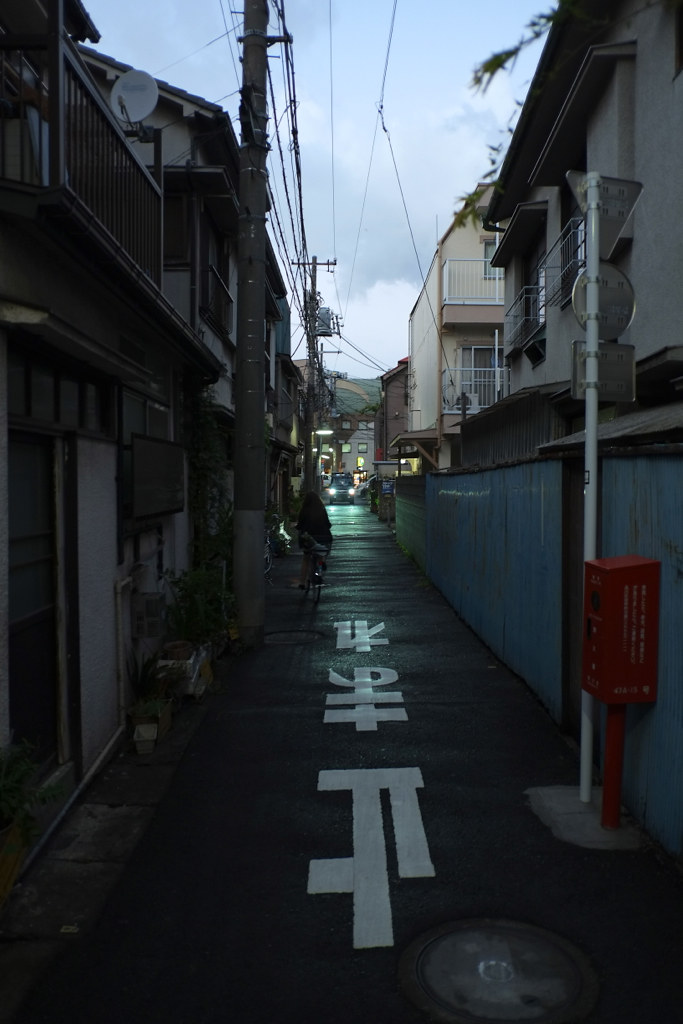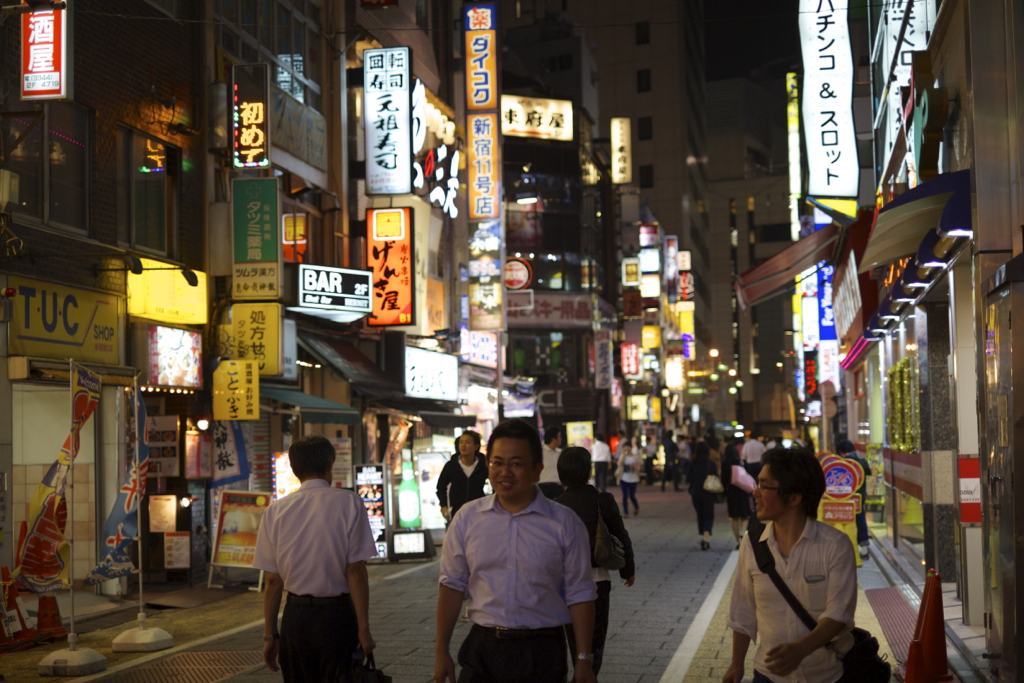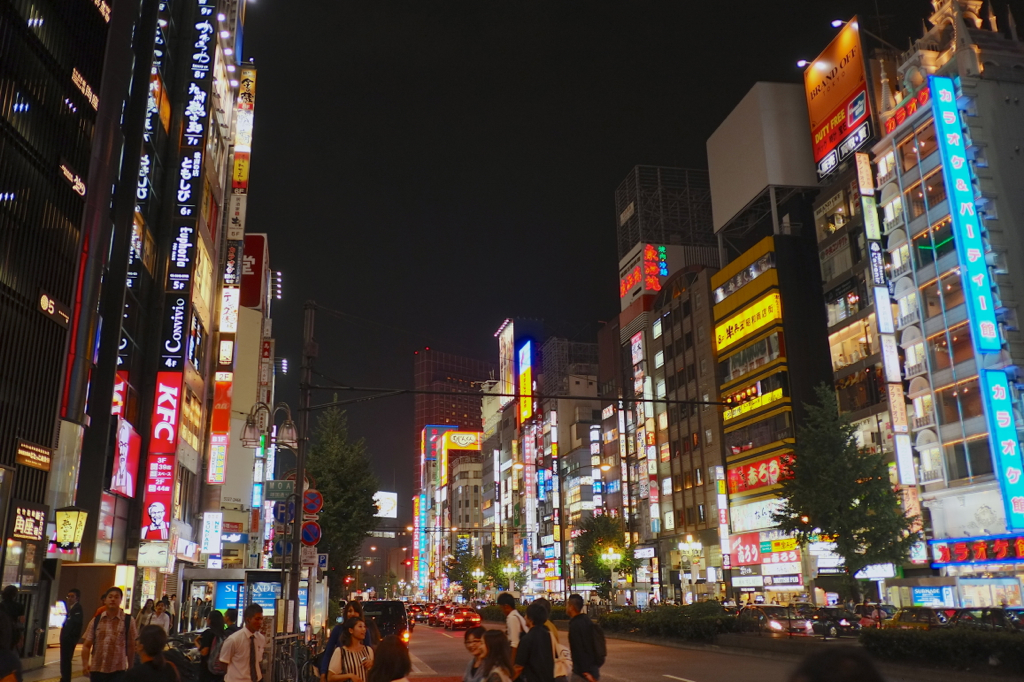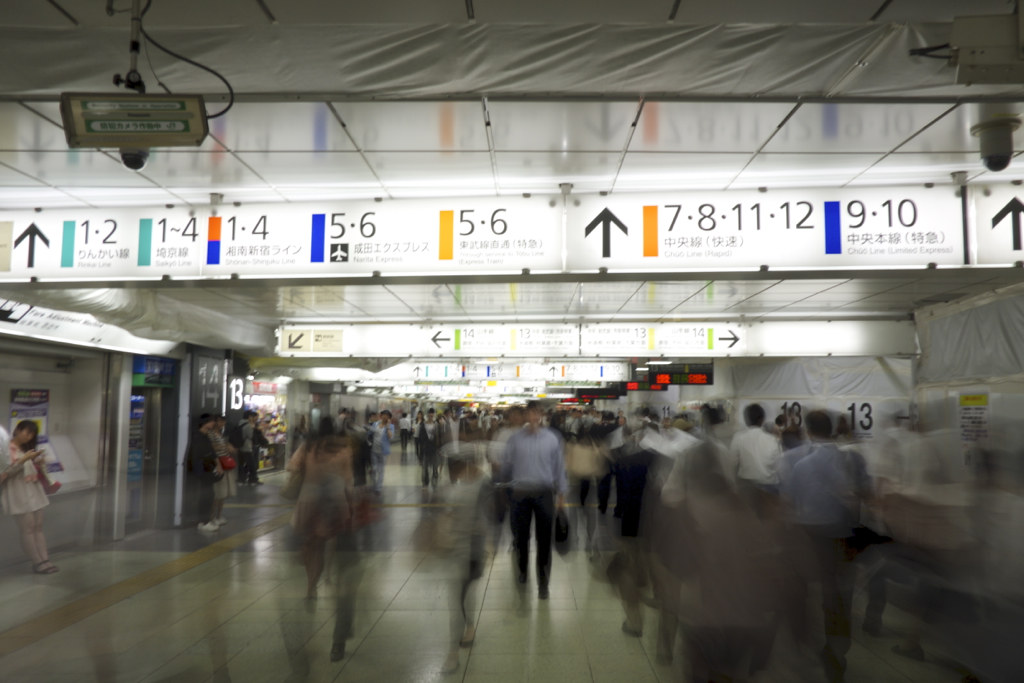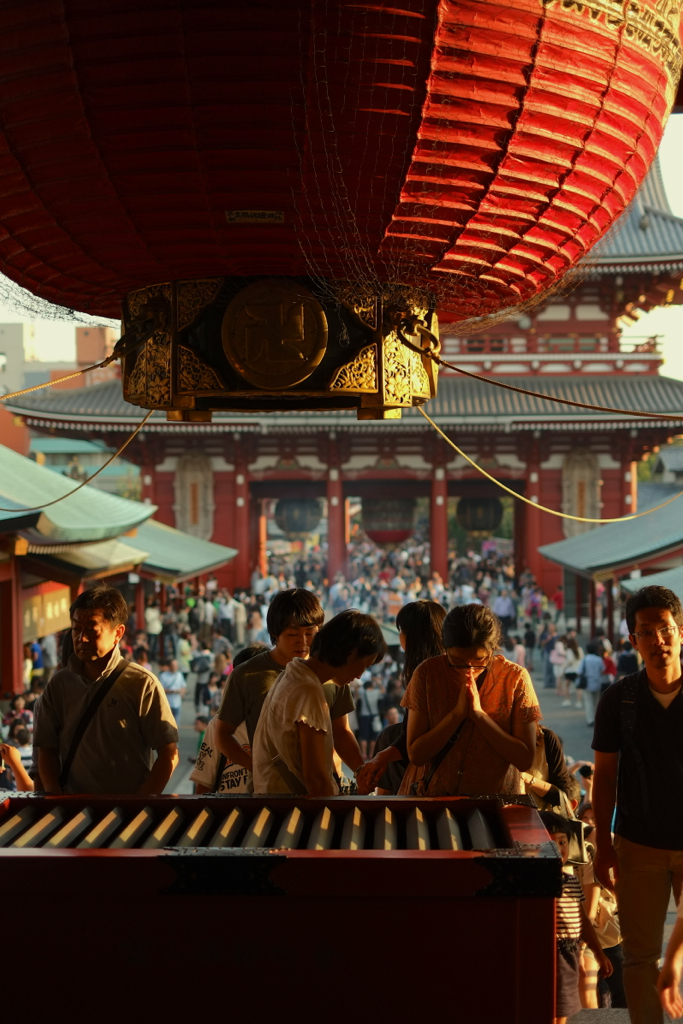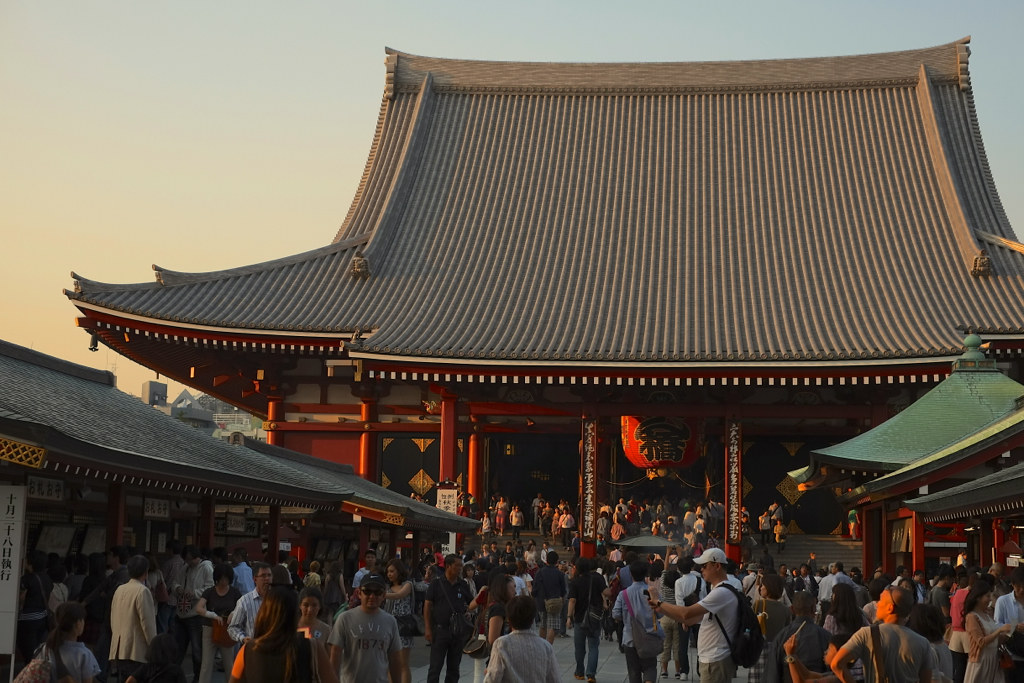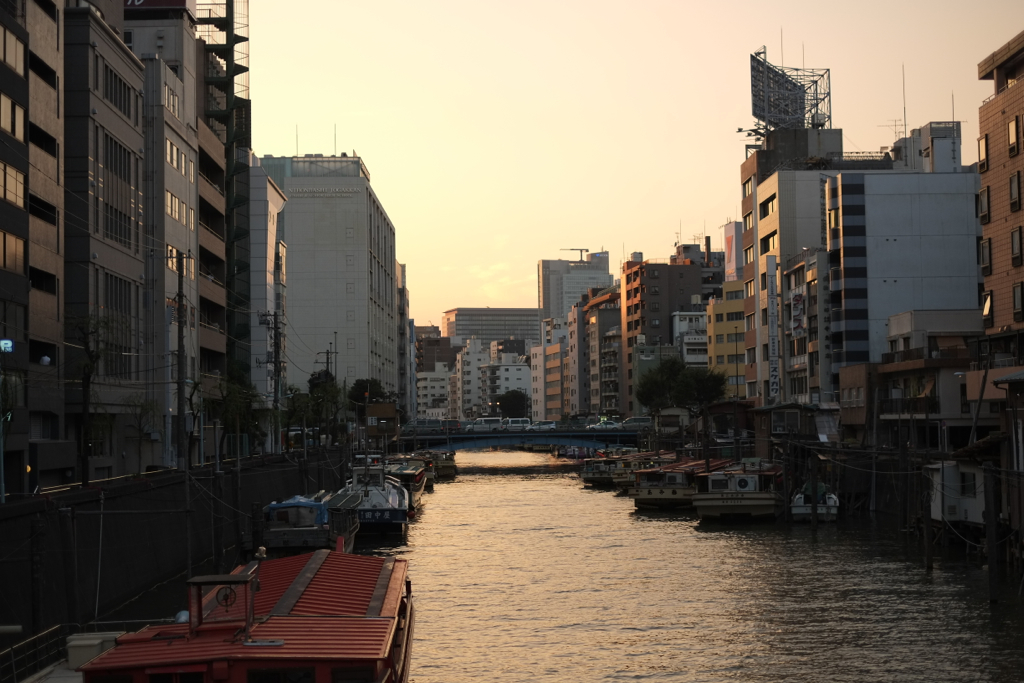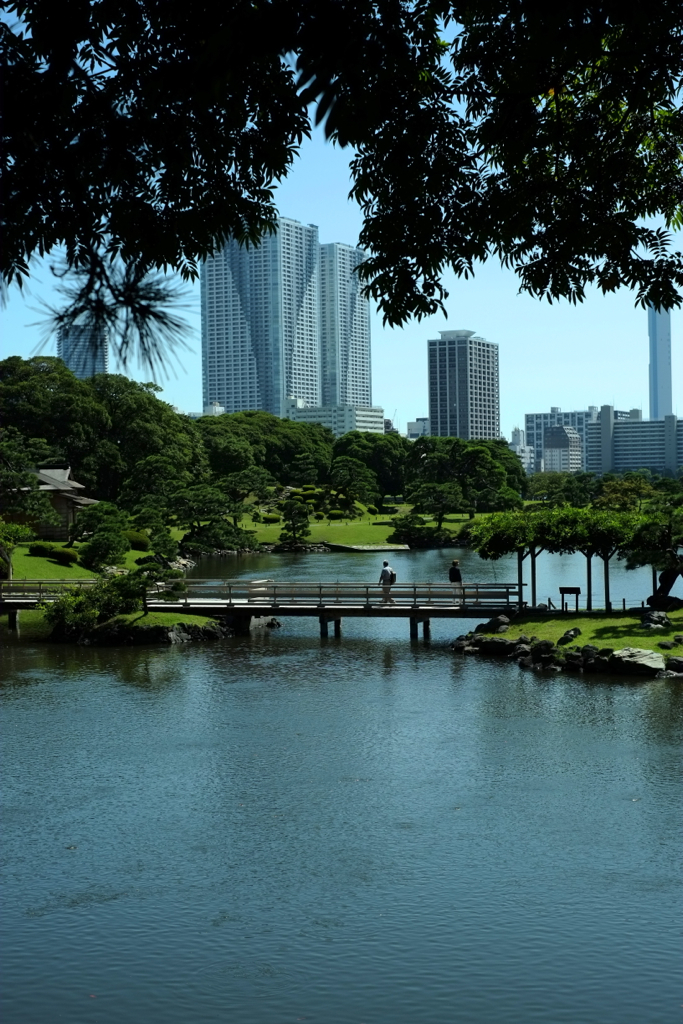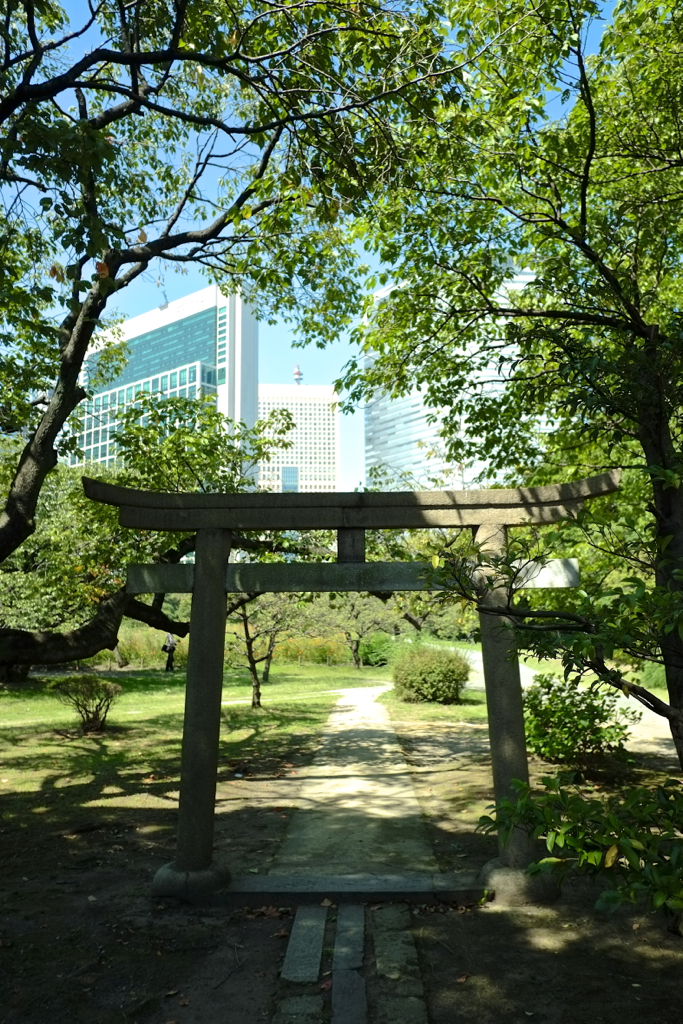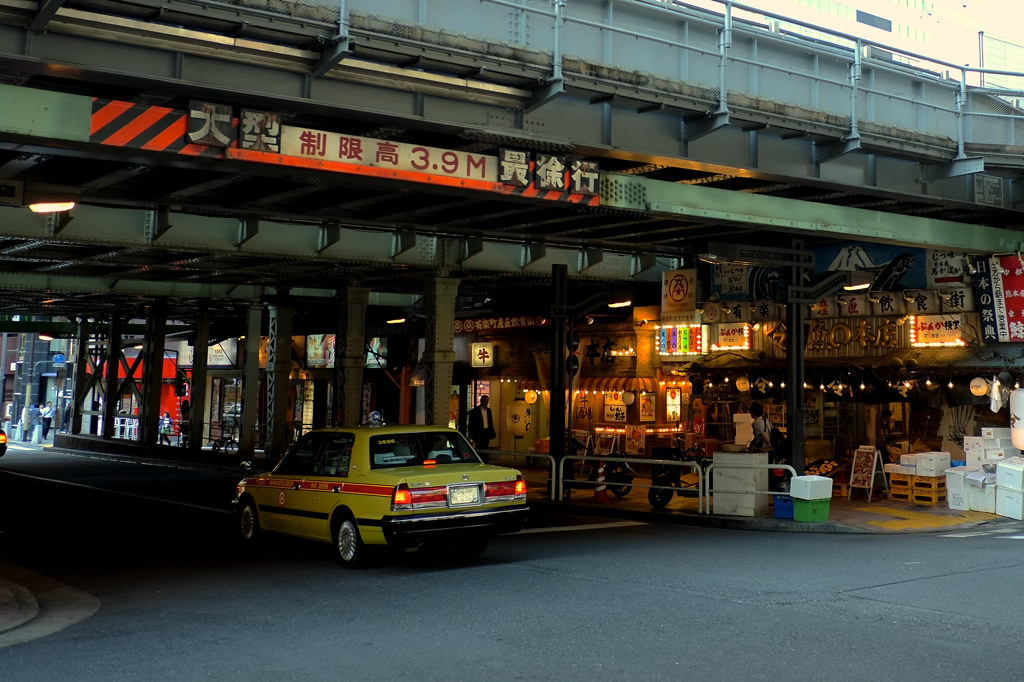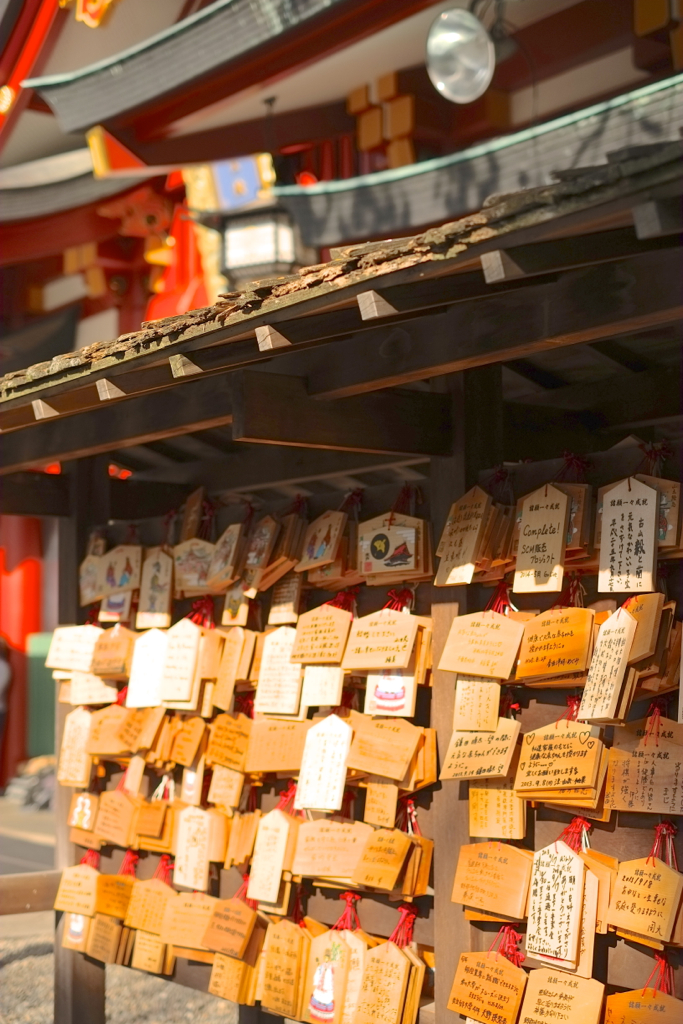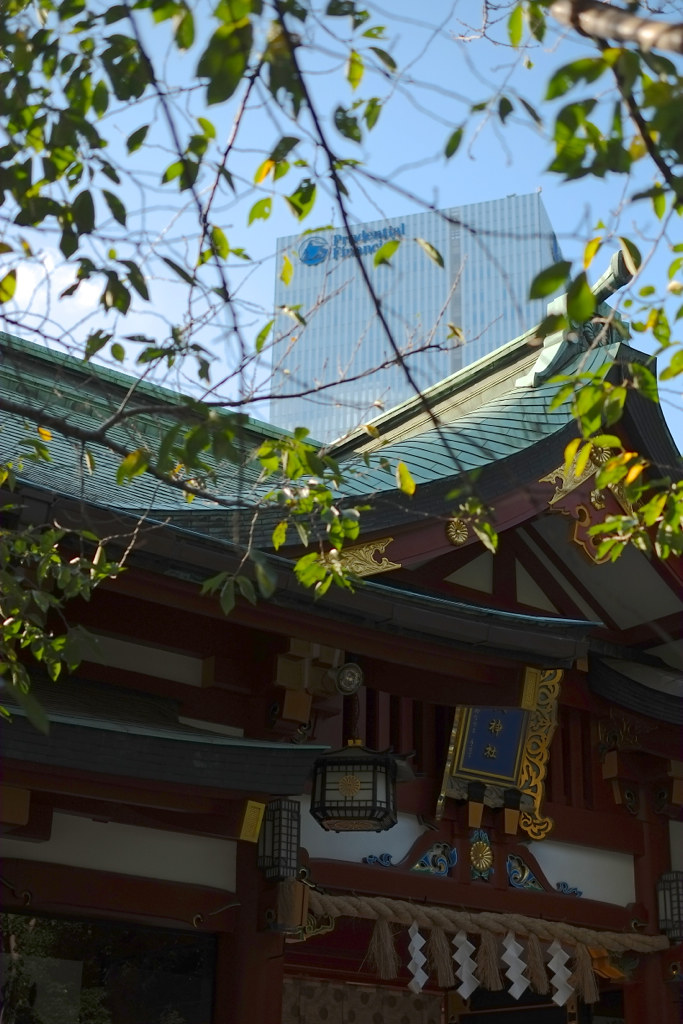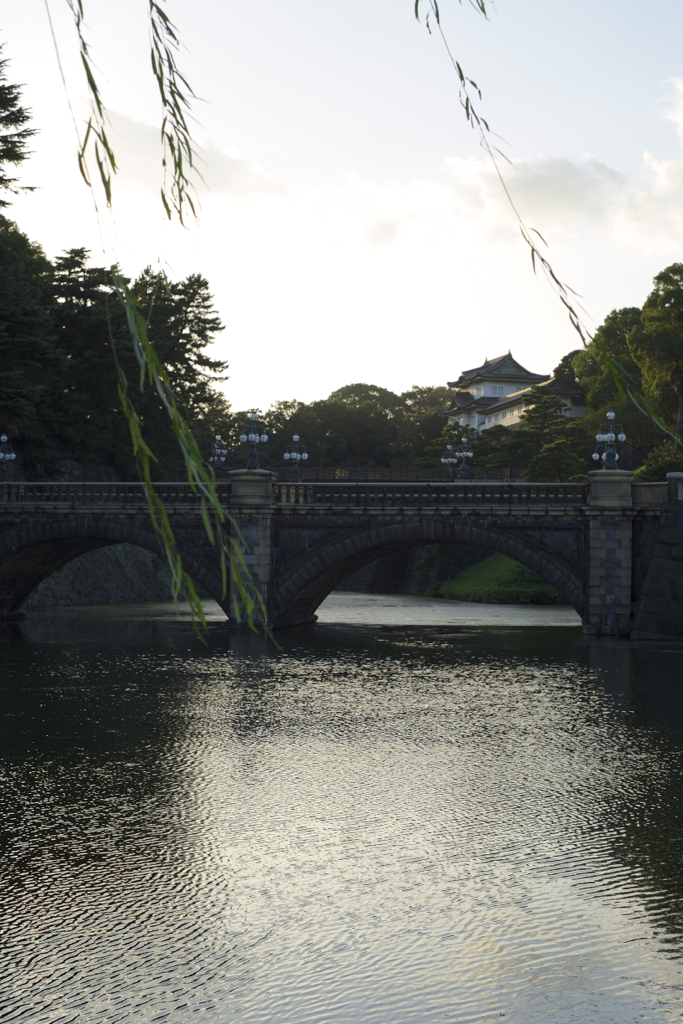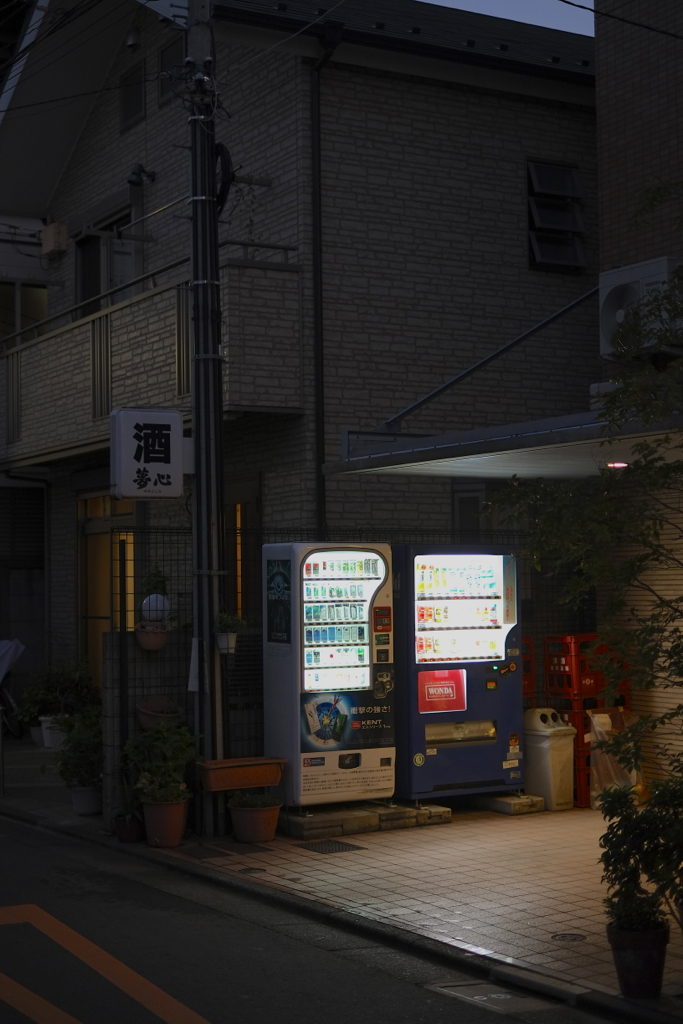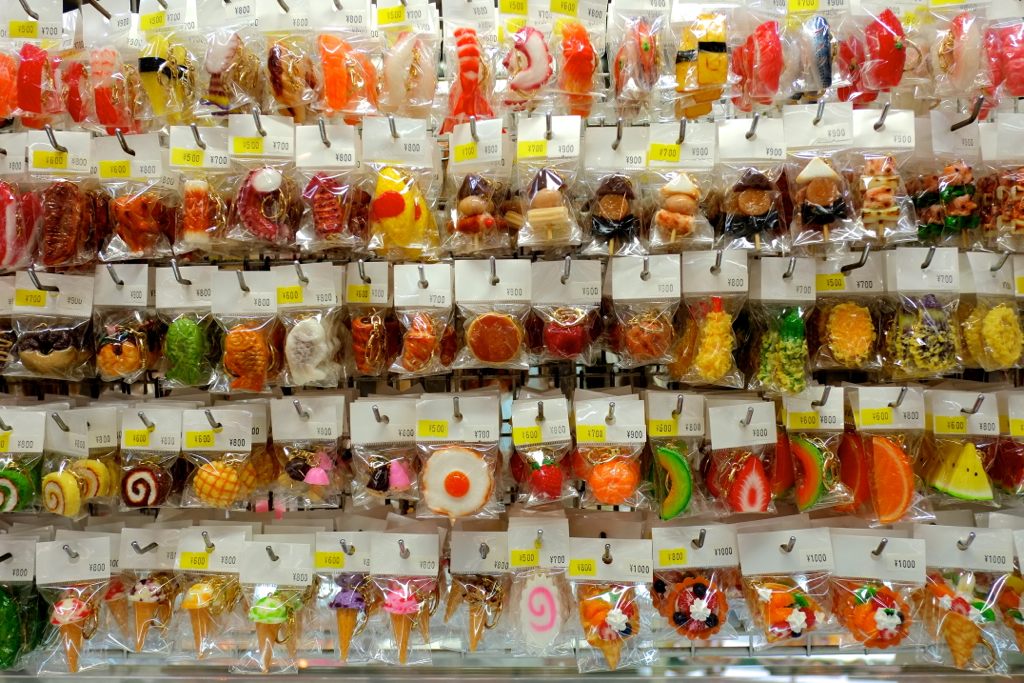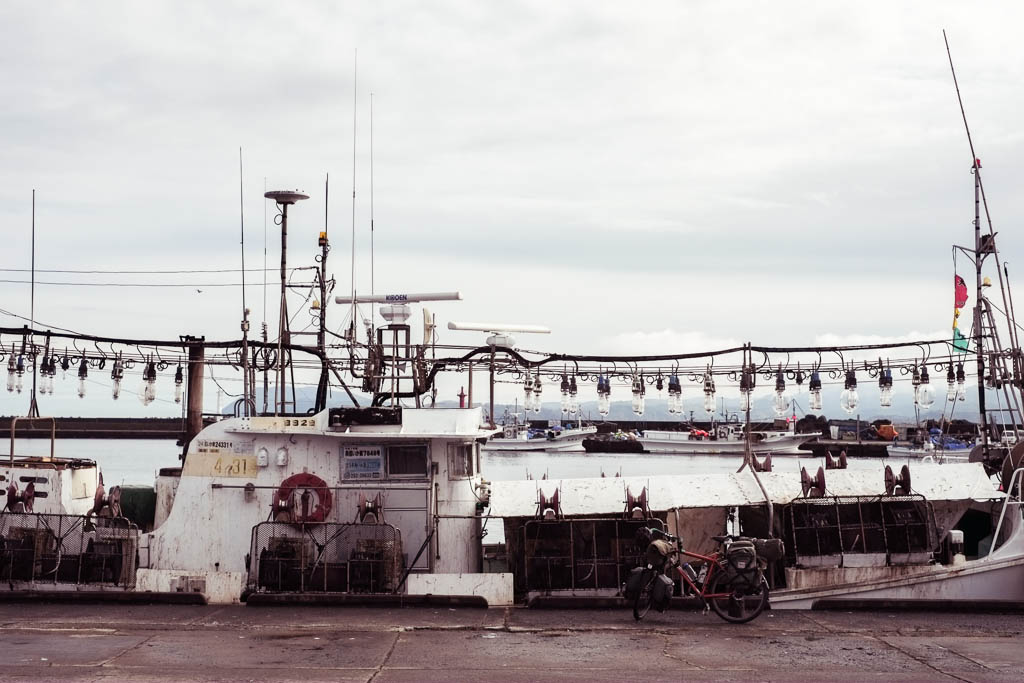
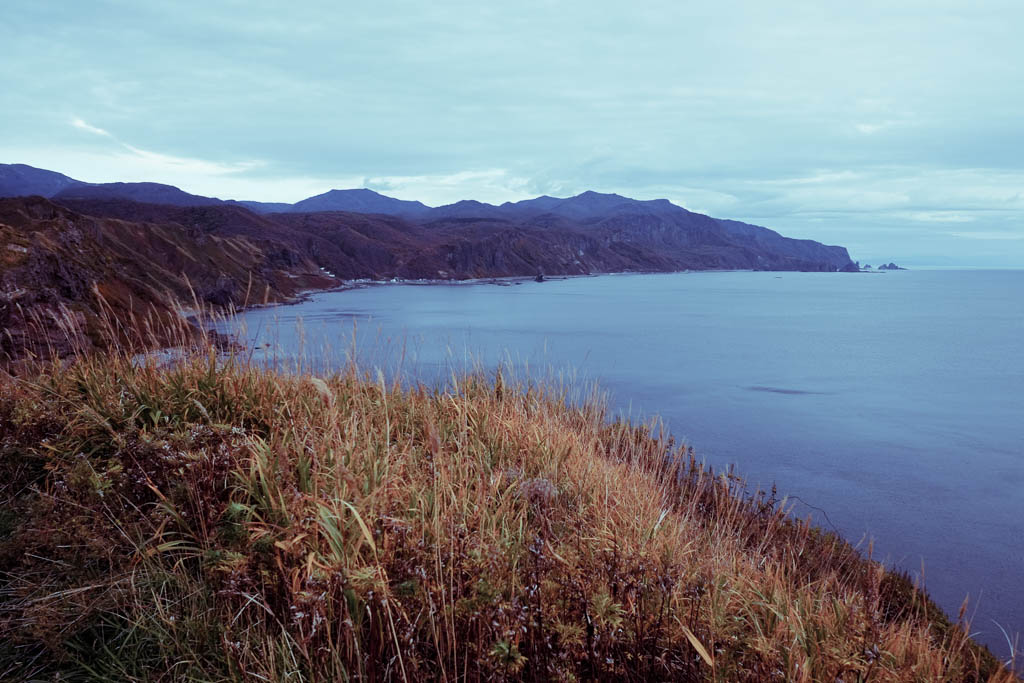
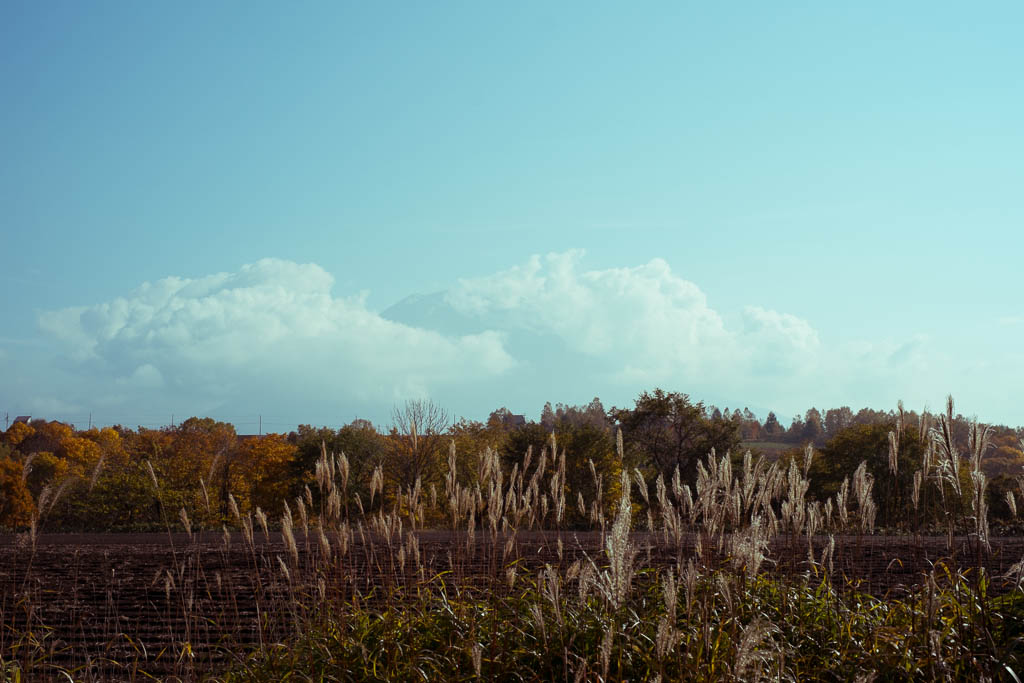
Selling crabs in Hakodate
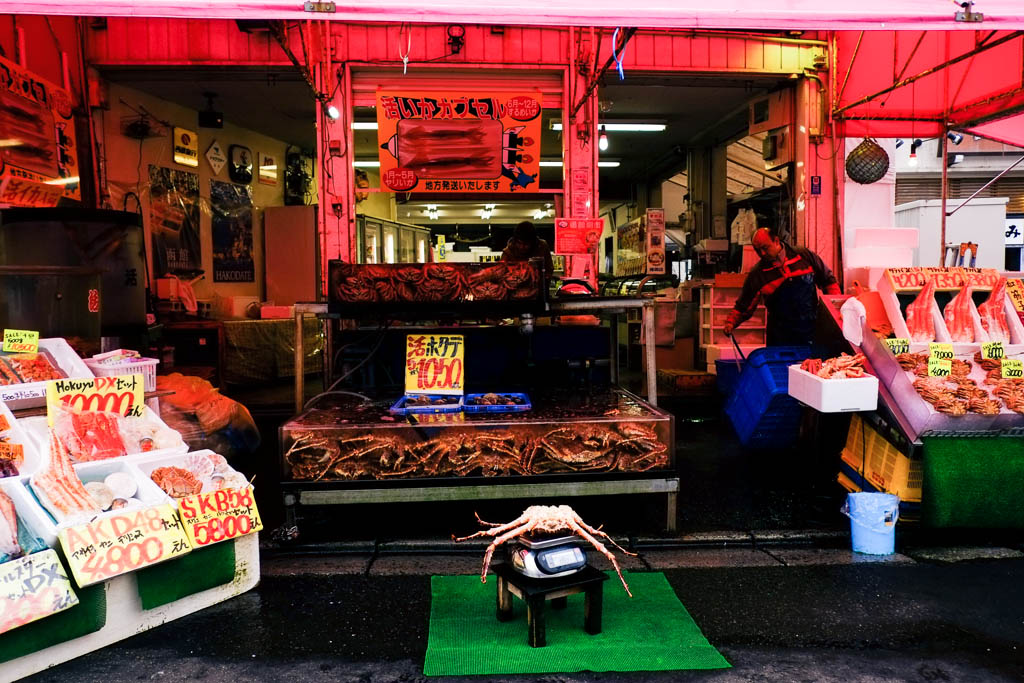
Back in Honshu
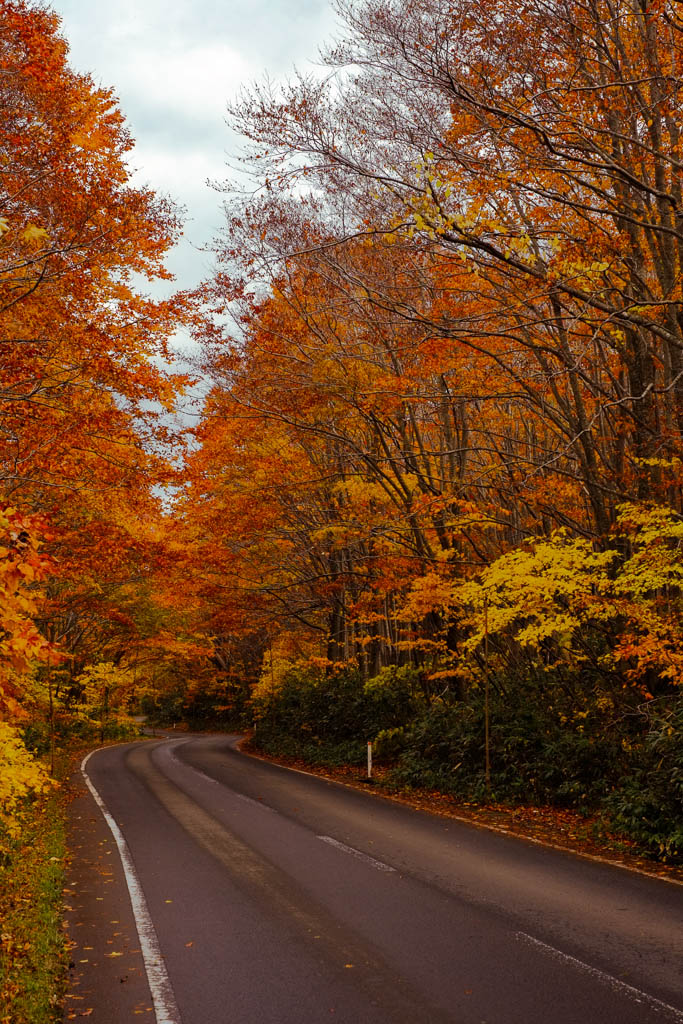
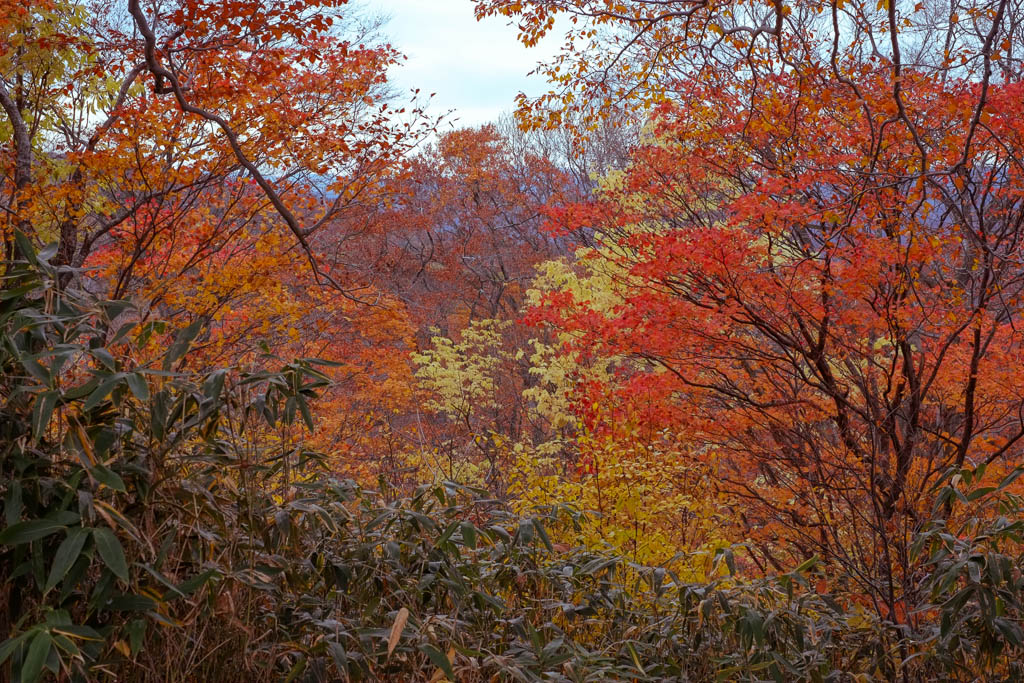
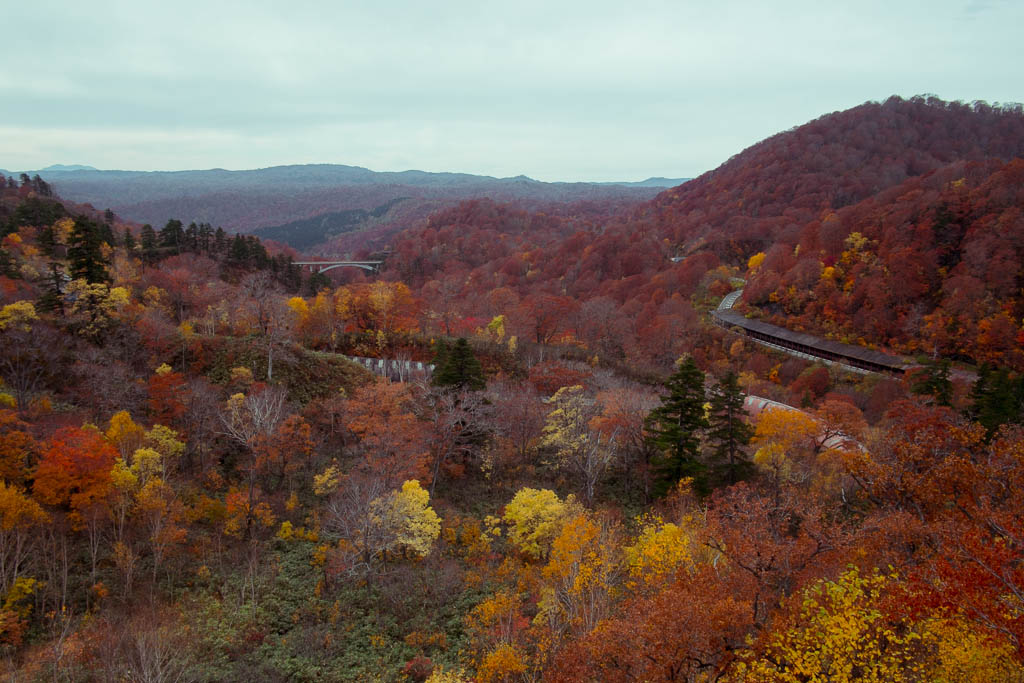

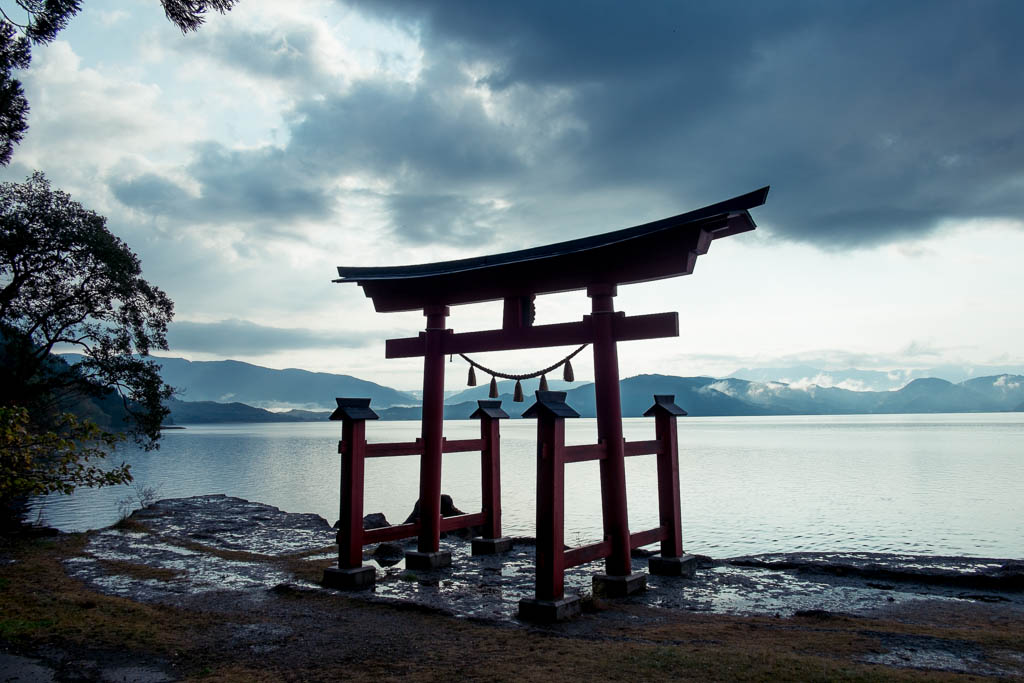
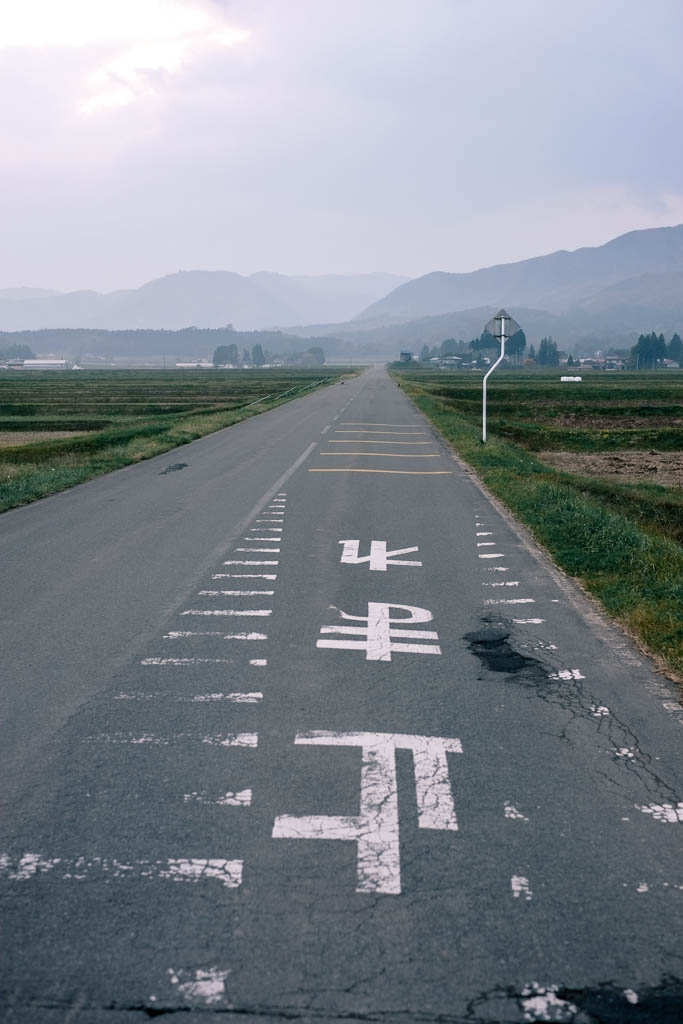
October & November ’13
I let the typhoon pass while I relaxed a bit in Sapporo. Welcomed by a nice cyclist couple, it was hard not to enjoy the time there. The city proved to be of little interest except maybe for the cheap fresh seafood available there and the nice Historic Village on the edge of town. Built with authentic houses that were removed from their original location across the island, it’s worth a look. I find old japanese houses quite intriguing and beautiful, this was the perfect place to see some genuine examples of their impressive woodwork.
Leaving Sapporo towards the Shakotan Peninsula, the day was clear and the cycling fast. All well I thought, until realizing at my camping spot that my tent poles had fallen off the bike that day… Sweet. Scrambling around the park with my headlamp didn’t help. Not more then cycling most of the way backwards that same night. I woke up a bit tired the next morning, and left Sapporo for the second time, new tent in hand.
«Tunnels». One word to describe one my biggest gripe of cycling in Japan. Always present, inconsistent, narrow, loud. Combined with the biggest danger of them all, traffic, they are a cyclist’s daytime nightmare. The japanese coasts are filled with them, and they seem happy to dig one-out just to save the slightest bend in the road. Your warned now.
Heading south, I took a small break from the said coasts to visit Niseko, Hokkaido’s ski mecca. Niseko is a small mountain itself, over-looked by Mt. Yotei and it’s perfect volcano-cone shape. While there I somehow pondered about how, in about more than a month in Japan, I hadn’t tasted Sake yet… An error. Much lighter and better tasting then I first though. They even sell some small bottles in the combinis…
The southwest coast of Hokkaido brought me to Hakodate through some heavy rainfalls, but it proved to be one the quietest and most enjoyable place I had cycled yet. Being able to listen to anything else than the whoosh of passing cars made me realized how much I missed it. Things to remember; Gas station staff are way too helpful and nice to wet cyclist in Japan. Also, 4 sausage dogs in a hostel is, well, a lot of sausage dogs for a hostel.
The boat back to Honshu. End of October.
Compared to the overnight ferry I took a few weeks earlier, the one back to the main island from Hokkaido is a crappy affair. Plastic covered-sofa and ramen selling machines are the good parts. Well, it was cheap and got me there in time, that’s enough.
The north part of Honshu is called Tohoku. It’s a beautiful patchwork of mountains with one or two valleys running from North to South. With a little effort, you can find some small roads zipping through the multiple passes, showcasing the best of what fall has to offer. The colored leaved were in peak season, quite enjoyable when combined with other good stuff like big crater lakes, apple fields and some nice local beer. Traveling in the off-season also brings some opportunities, like camping on the lake’s beach right in front of the brewery, while enjoying some craft beer and a free wifi connection in your tent!
Heading back to main valley in the Iwate Prefecture I got caught in some heavy rain again. It was just starting to be tolerable when my back tire went straight flat. Pissing down rain, growing darkness and no shoulder meant for good fun. It got even worse when I realized my tire was starting to crack along the sidewall, causing the tube to pinch out. Duct-tape saved the day again and I could make it to the next big town. (I did find a new same-model tire the next day with great luck. Since then, Schwalbe has honored the warranty, shipping me 2 new tires. In Canada though.)
I got in the ‘small’ town of Hanamaki just on the evening of Halloween, which is a bit pointless to mention as there was no candy-hungry dressed-up kids in sight at all. Still, I got to my host house wearing my Kimono and an pumpkin beanie! Trick or threat Japan!









